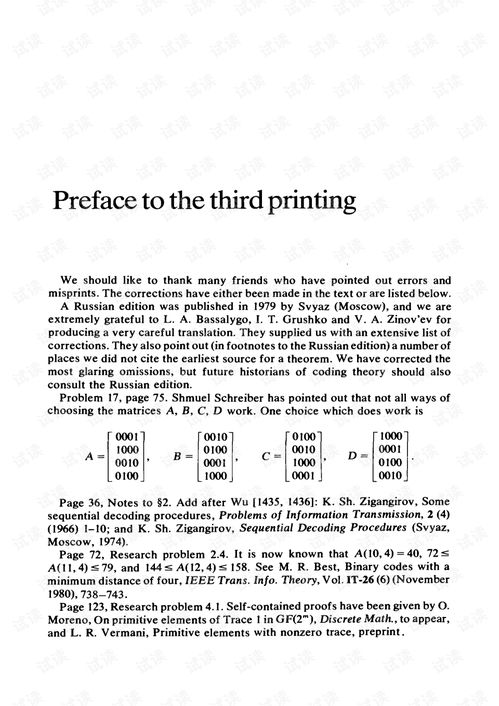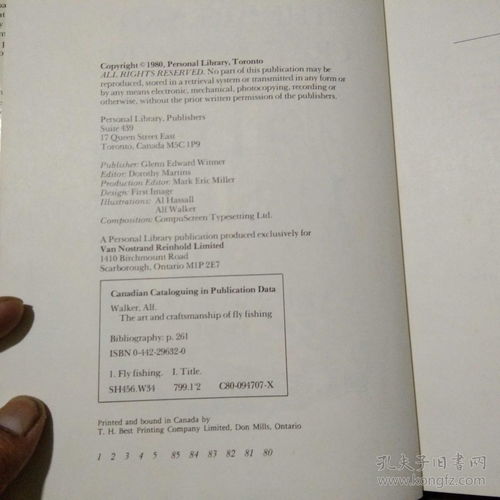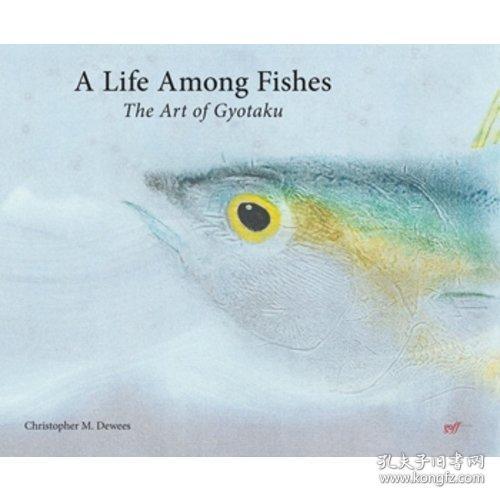Content:
Fishing is an art that requires patience, skill, and a deep understanding of the environment. One common challenge that anglers often face is dealing with leftover bait. Whether it's due to a change in plan, unexpected weather, or simply not needing as much as initially thought, leftover bait can be a valuable resource if used correctly. In this article, we will delve into the技巧 and techniques for maximizing the effectiveness of leftover bait when fishing.
Understanding the Bait
Before we dive into the techniques, it's crucial to understand the type of bait you have left. Live bait, such as worms, minnows, or leeches, has a limited shelf life and should be used as soon as possible. Artificial lures, on the other hand, can last much longer and can be stored for future use. Here are some tips for each type:
Live Bait
Keep it Fresh: If you have live bait, it's essential to keep it as fresh as possible. Use a bait bucket with aeration to ensure oxygen supply. If you're using a cooler, fill it with ice and place the bait inside to maintain its freshness.
Check Regularly: Periodically check the bait for signs of stress or injury. Remove any that are not moving or have become injured, as these can negatively affect the health of the others.
Refrigerate When Not in Use: If you're not planning to use the live bait immediately, store it in the refrigerator. This will help preserve its vitality for a longer period.

Artificial Lures
Inspect for Damage: Before storing, inspect your artificial lures for any damage. Replace any hooks that are bent or broken, and ensure that the lures are in good condition.
Clean and Dry: Clean your lures thoroughly to remove any debris or residue. Allow them to dry completely before storing to prevent mold or mildew growth.
Proper Storage: Store your lures in a dry, cool place. Consider using a tackle box with separate compartments for different types of lures to keep them organized and prevent tangling.
Techniques for Using Leftover Bait
Change Bait Regularly: When using leftover bait, it's important to change it regularly. Live bait that is no longer active or artificial lures that have lost their allure should be replaced to increase your chances of catching fish.
Adjust the Presentation: Depending on the type of bait, you may need to adjust your presentation. For example, a slower retrieve might be more effective with a tired worm, while a faster retrieve could entice a more active fish with a worn-out lure.
Target Different Species: If you have a variety of leftover bait, consider targeting different species. For instance, you might use live bait for larger fish and artificial lures for smaller ones.
Use as a Trail Bait: Leftover bait can be used as a trail bait to attract fish to your main lure. For example, you can attach a small piece of leftover bait to the line above your main lure to create a scent trail.
Be Patient: Sometimes, the best approach is simply to be patient. Fish may take longer to respond to leftover bait, so give it time and don't rush the process.
Experiment with Techniques: Don't be afraid to experiment with different techniques. Sometimes, the most unconventional approach can yield the best results.
Conclusion
Leftover bait can be a blessing in disguise for anglers. By understanding the nature of your bait and employing the right techniques, you can turn what might seem like a waste into a valuable asset. Whether you're using live bait or artificial lures, the key is to maintain the bait's quality and adapt your approach to the situation. With a bit of patience and creativity, you'll be able to make the most of your leftover bait and enjoy a successful fishing trip.












